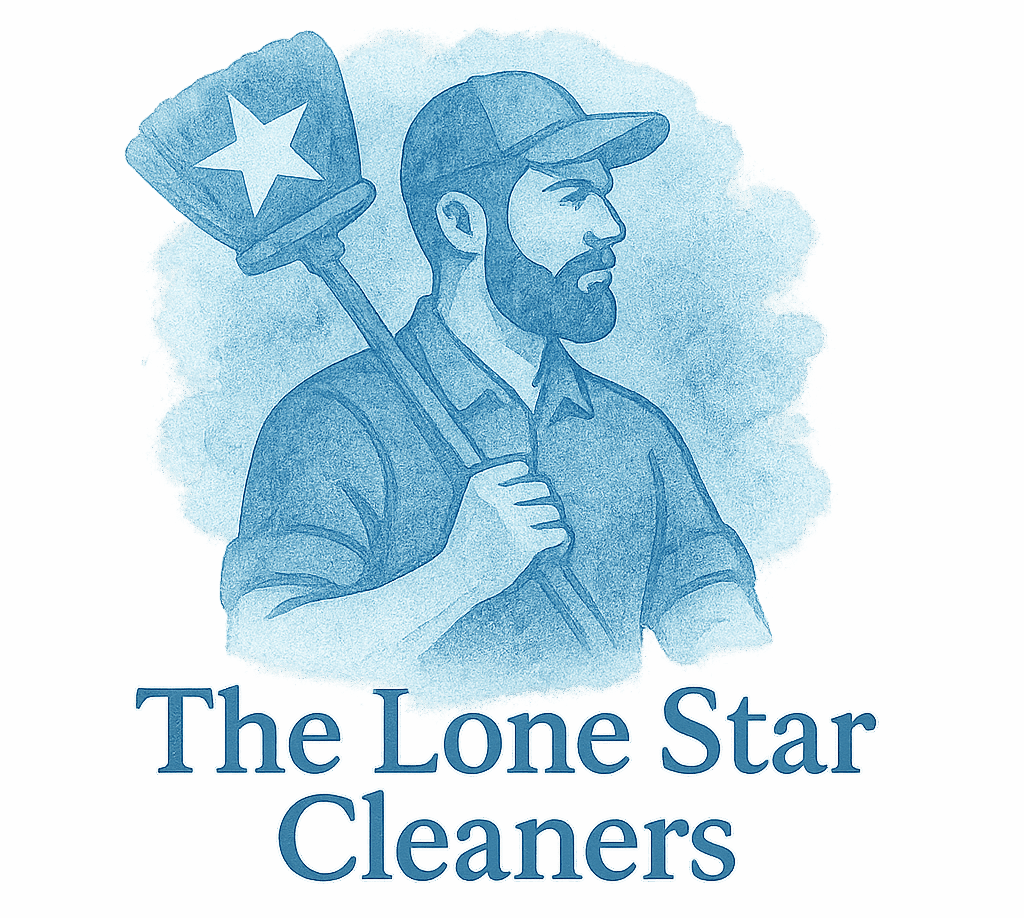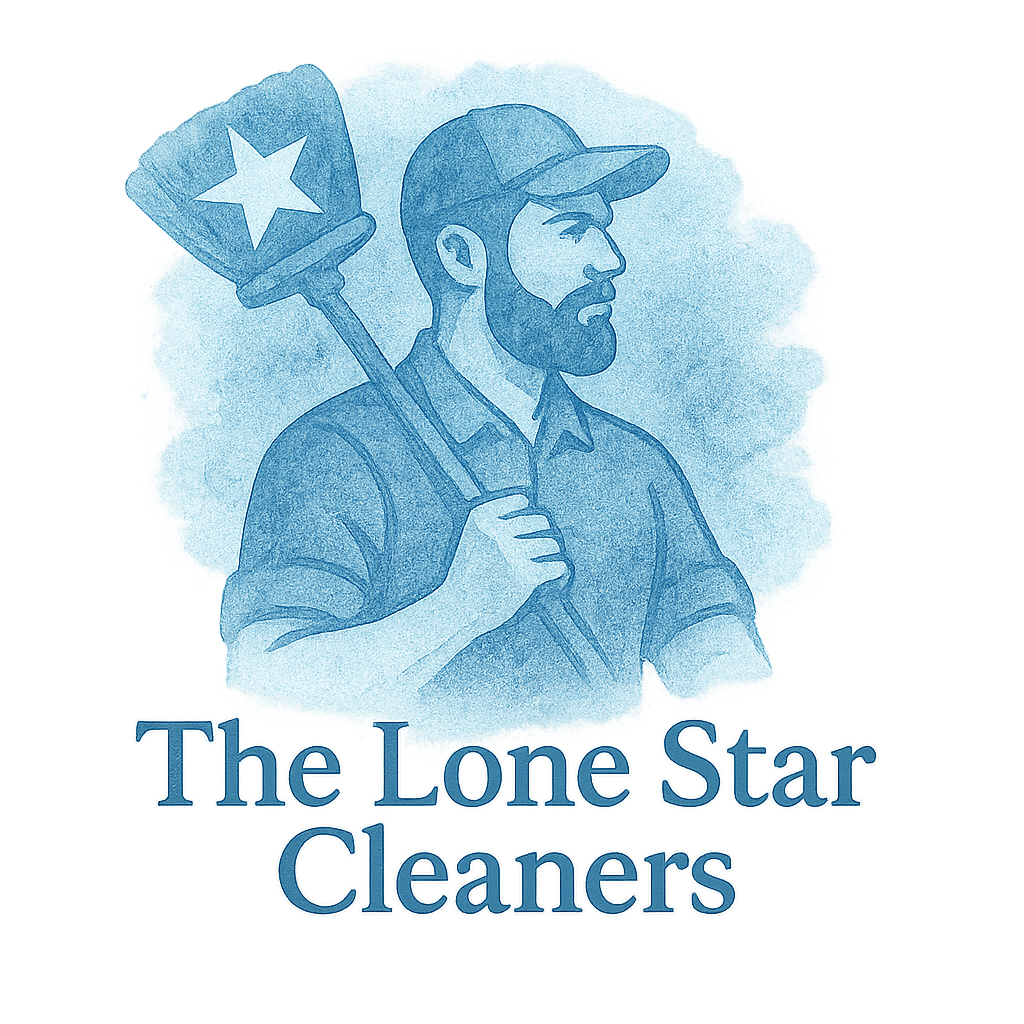If you’ve ever seen a hoarding situation up close, you know it’s not just about piles of clutter. It’s about emotions, memories, trauma, and a cry for help that’s often buried under years of accumulation. Tackling hoarding cleanups is no small feat—but when done with compassion, it can change lives.
Let’s explore six powerful ways professional cleaners handle hoarding situations with the respect and empathy they deserve.
Understanding the Complexity of Hoarding
What Is Hoarding Disorder?
Hoarding disorder is more than just being messy or disorganized. It’s a recognized mental health condition where individuals struggle to part with possessions, regardless of their actual value. The result? Overwhelmed living spaces and emotional distress.
Emotional Toll on the Individual
Hoarding often stems from trauma, anxiety, or loss. For the individual, every item might symbolize a memory, a person, or a fear of scarcity. That’s why it’s never just “junk”—it’s deeply personal.
Challenges Cleaners Face in Hoarding Situations
From hidden mold and pests to biohazards and structural damage, hoarding cleanups are physically demanding. But the emotional layer? That’s the real challenge. Cleaners must navigate sensitive situations while maintaining a professional and caring approach.
Why Compassion Is Crucial in Hoarding Cleanup
Beyond the Mess: Seeing the Human First
You can’t just throw things out and call it a day. A compassionate cleaner understands they’re not just clearing a space—they’re helping someone rebuild their life.
The Role of Empathy in Cleaning
Empathy helps cleaners connect with clients on a human level. This emotional intelligence creates trust and reassures clients that they are seen, heard, and not judged.
1. Building Trust Before Touching a Thing
Communication Is Key
Effective hoarding cleanups start with open, honest conversations. Professional residential cleaning teams take the time to understand the client’s story before making a plan.
Setting Clear, Gentle Expectations
Creating a roadmap—what will be cleaned, what stays, and what goes—helps minimize anxiety. The key? Keeping it transparent and pressure-free.
2. Working Alongside Mental Health Professionals
A Collaborative Approach
Partnering with therapists or social workers ensures the process addresses both the physical and emotional aspects of hoarding. This specialty cleaning strategy leads to more sustainable results.
Respecting Boundaries and Emotional Triggers
Mental health professionals help flag emotional triggers. This guidance allows cleaners to avoid actions that could cause trauma or setbacks.
3. Using a Step-by-Step Cleaning Process
Creating a Safe, Judgment-Free Zone
It’s not a race. Cleaners break down the cleanup into manageable phases, creating a calm, supportive atmosphere.
Sorting, Organizing, and Disposing Tactfully
Items are sorted carefully, with input from the client. Whenever possible, belongings are recycled or donated—reducing waste and preserving dignity.
Visit our cleaning tips DIY blog for strategies you can use at home.

4. Prioritizing Health and Safety
Addressing Sanitation and Biohazards
In some homes, biohazards like mold, bacteria, or animal waste are common. Cleaners use industry-grade tools and techniques to restore safety and cleanliness.
Personal Protective Equipment (PPE) and Protocols
Professionals wear gloves, masks, suits, and sometimes even respirators. These precautions protect everyone involved and prevent cross-contamination—especially in post-construction and hoarding environments.
5. Offering Post-Cleanup Support
Helping Clients Reclaim Their Space
Once the clutter is gone, it’s about making the home livable and comfortable again. Cleaners might suggest small design touches or organizational tools to make spaces more functional.
Preventing Recurrence Through Maintenance Plans
Long-term solutions, like scheduled residential or commercial cleaning visits, can keep the space healthy and clutter-free. Encouraging follow-up helps prevent relapses.
6. Embracing Eco-Friendly and Sustainable Practices
Recycling, Donating, and Reducing Waste
Compassionate cleaners don’t just toss everything. They find ways to reuse, donate, or recycle. This is part of a larger commitment to eco-friendly cleaning.
Mindful Disposal Practices
Disposing of items in a sustainable way minimizes environmental harm and aligns with the client’s values—especially those concerned with sustainability.
Hoarding Cleanup: It’s Not Just Cleaning, It’s Caring
The TLC Approach
At TLS Cleaners, we know that hoarding cleanups require more than brooms and bags—they need heart. Whether it’s eco-friendly methods, specialty cleaning, or working in commercial and residential spaces, we approach every job with dignity and discretion.
We understand how important it is to feel safe in your own home—and we’re here to make that happen, one compassionate cleanup at a time.
Conclusion
Cleaning up a hoarded home is about more than just tidying up. It’s about restoring hope, health, and humanity. By focusing on empathy, safety, and sustainability, cleaners can create meaningful change in people’s lives.
If you or someone you love is dealing with hoarding, know this: you’re not alone. And with the right help, healing is always possible.
Check out TLS Cleaners for more resources on cleaners, cleaning hacks, and compassionate solutions that go beyond surface-level sparkle.
FAQs
1. What makes hoarding cleanup different from regular cleaning?
Hoarding cleanups are emotionally complex and often involve biohazards, heavy clutter, and mental health considerations, making them more sensitive than typical cleanings.
2. How do cleaners handle items that have emotional value?
Cleaners work with clients to identify important items and treat them with care, offering alternatives like donating or storing less-used possessions.
3. Are there risks involved in hoarding cleanups?
Yes, including mold, pests, or structural damage. That’s why PPE and health protocols are essential.
4. How long does a hoarding cleanup usually take?
It varies by situation but can take anywhere from a few days to a few weeks, depending on the severity.
5. Is hoarding cleanup covered by insurance?
Sometimes, depending on the circumstances and your policy. It’s best to check with your provider.
6. Can family members help during the process?
Yes, but professionals often recommend working with trained cleaners and therapists to avoid emotional conflict.
7. How do I maintain cleanliness after a hoarding cleanup?
Create a maintenance plan with regular visits from professional cleaners and ongoing mental health support to prevent relapse.


